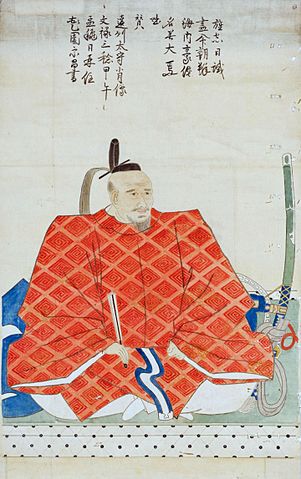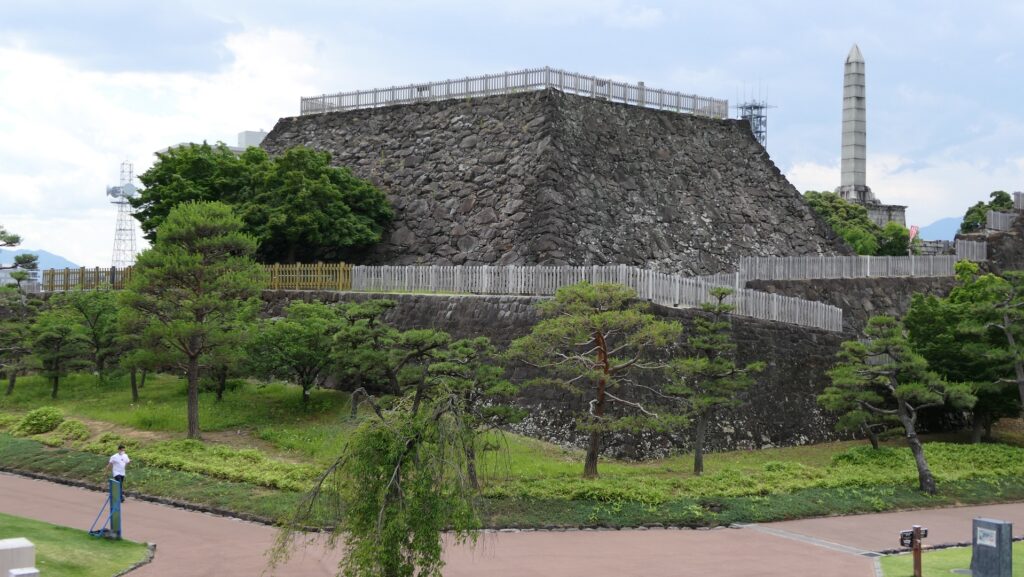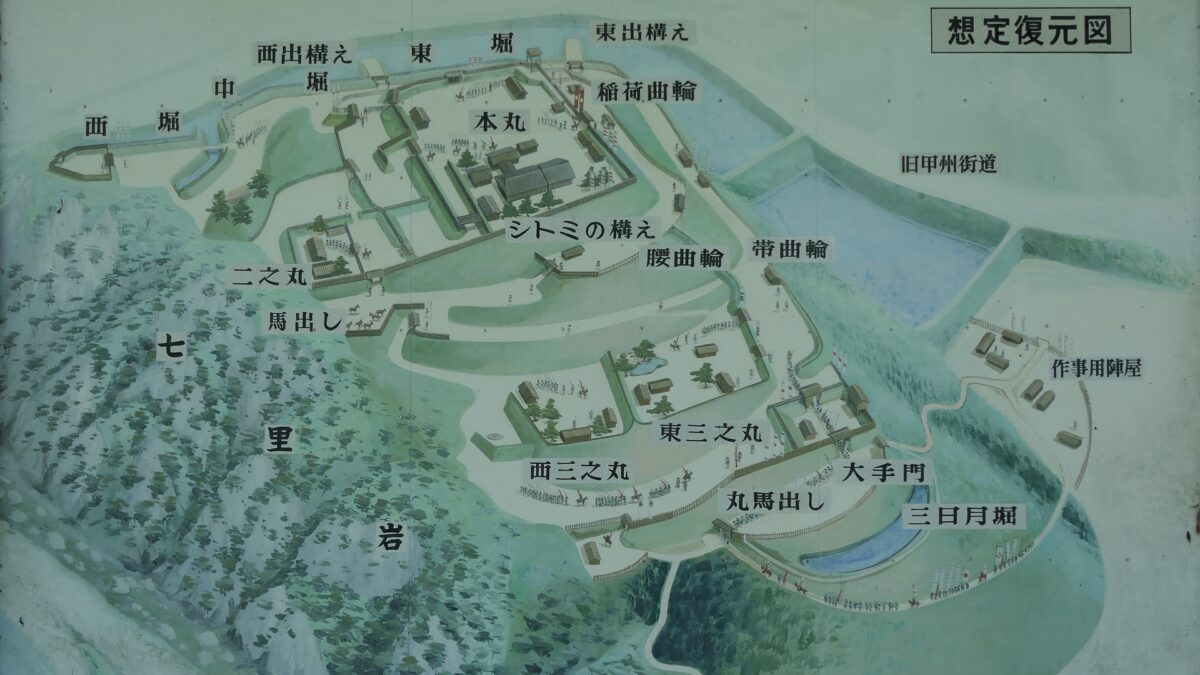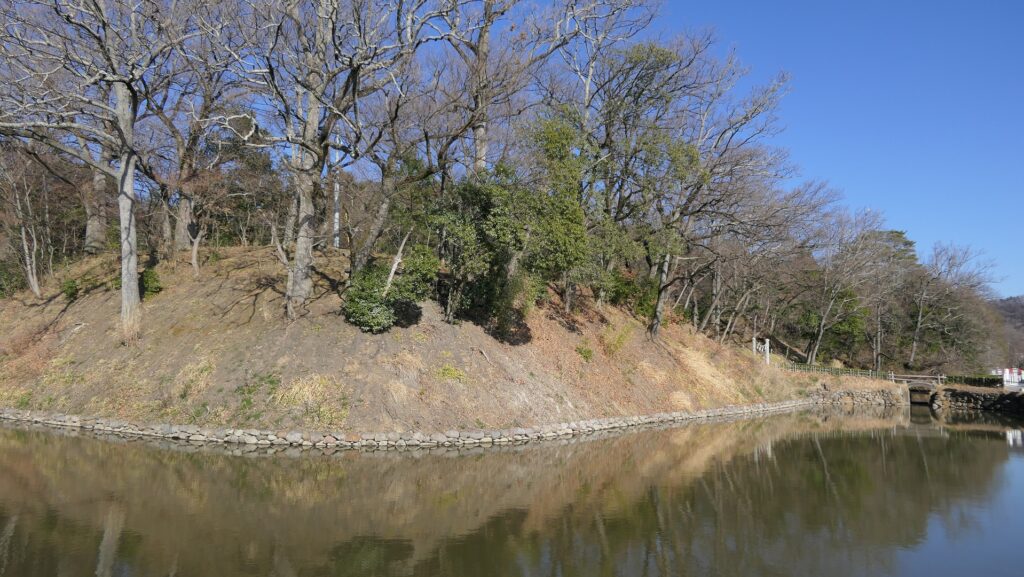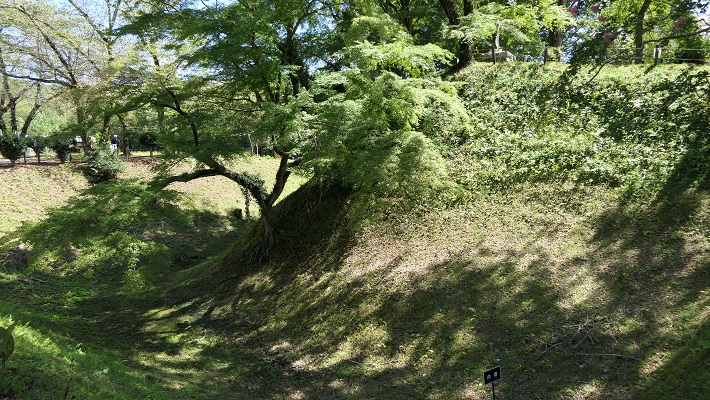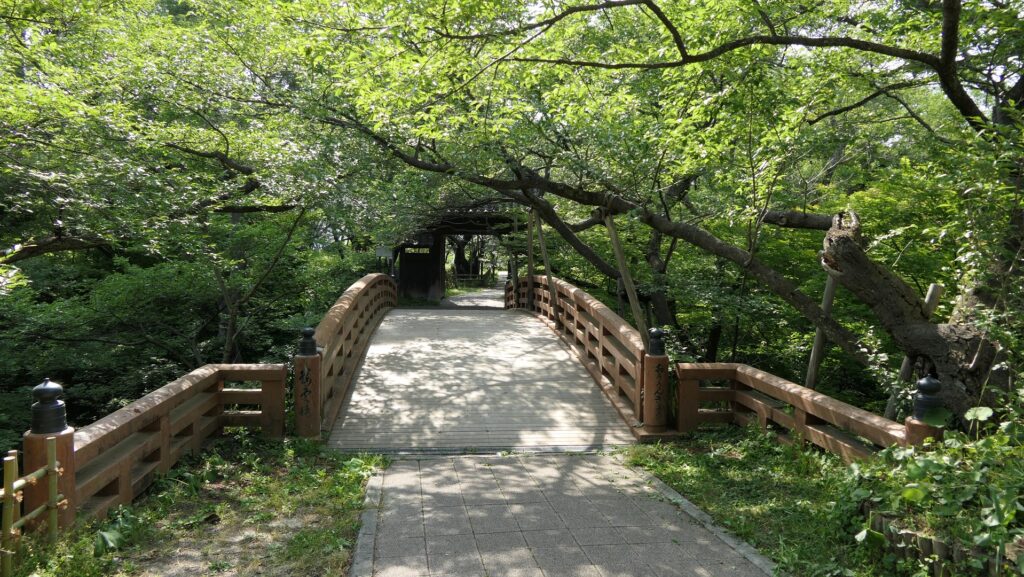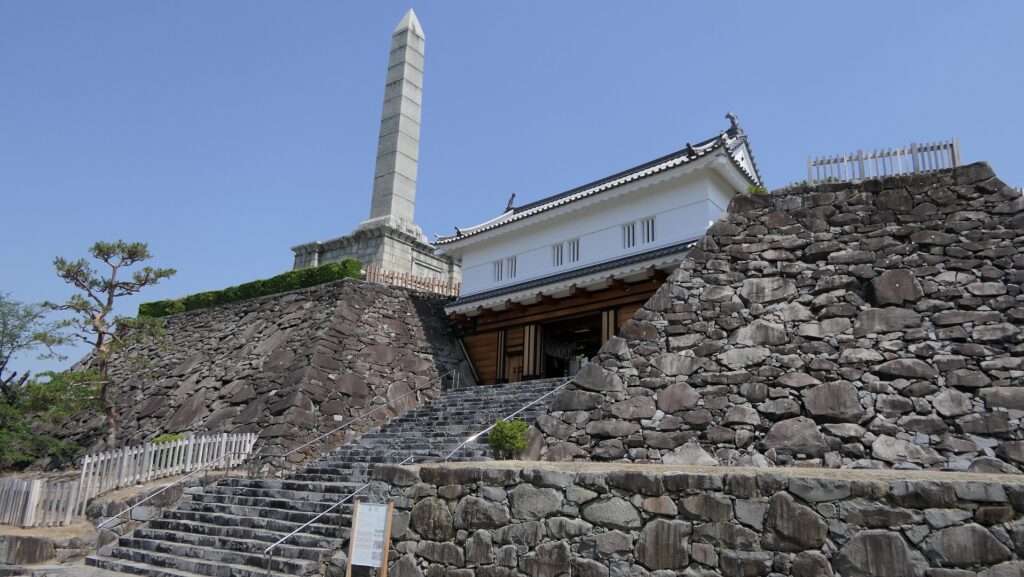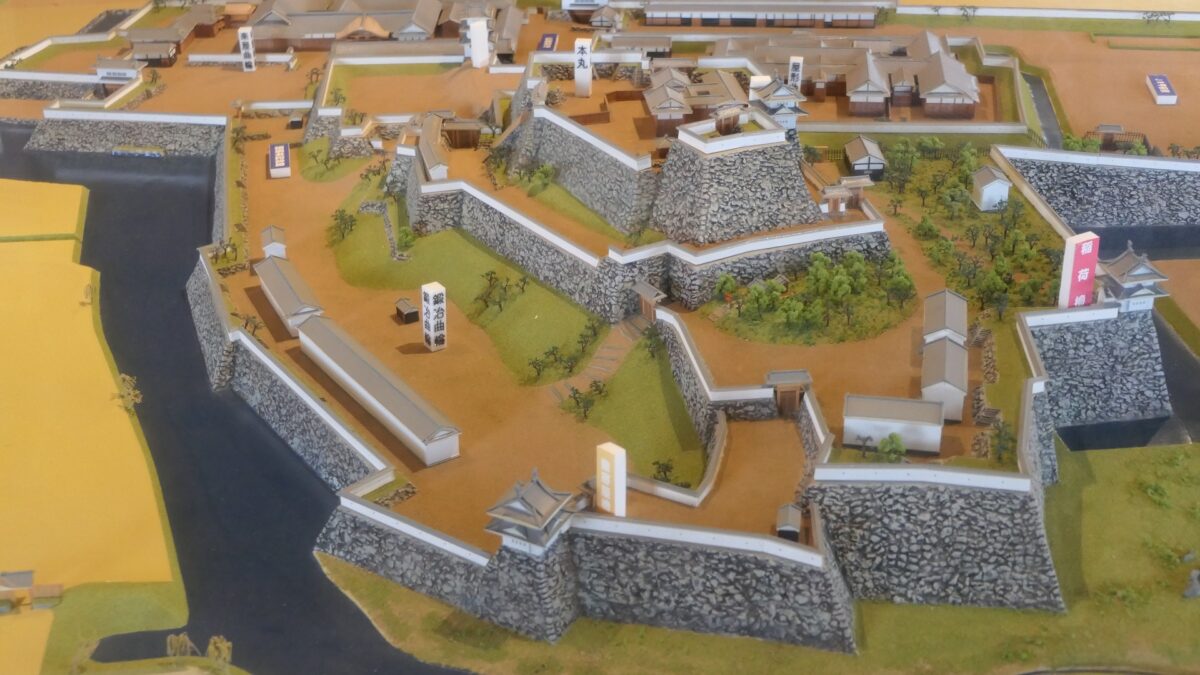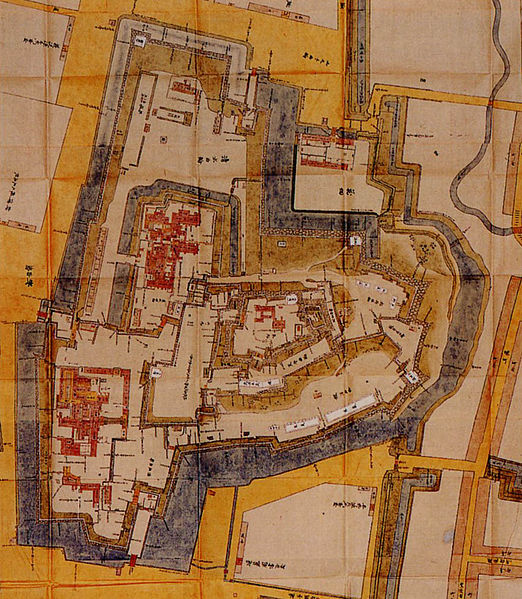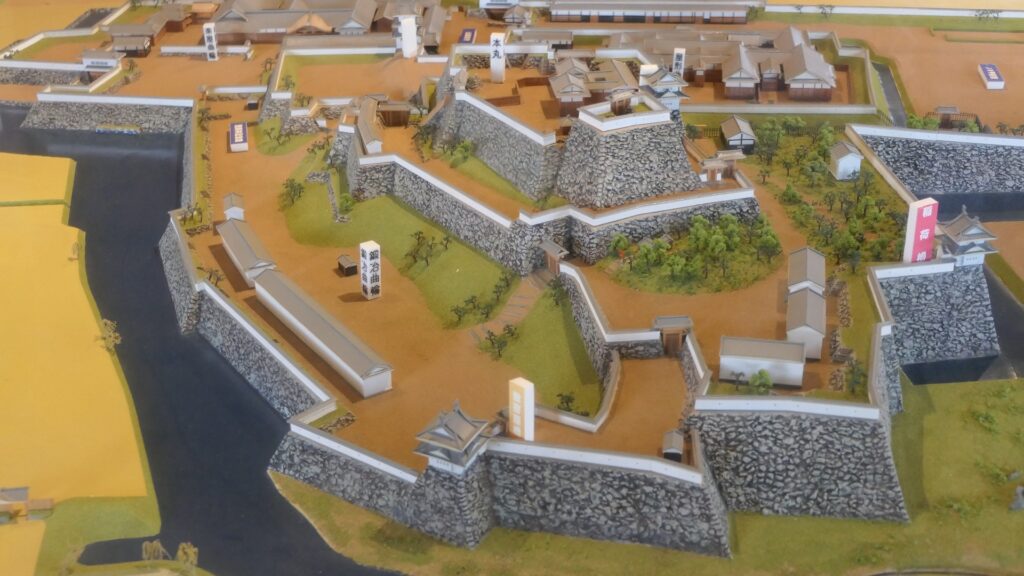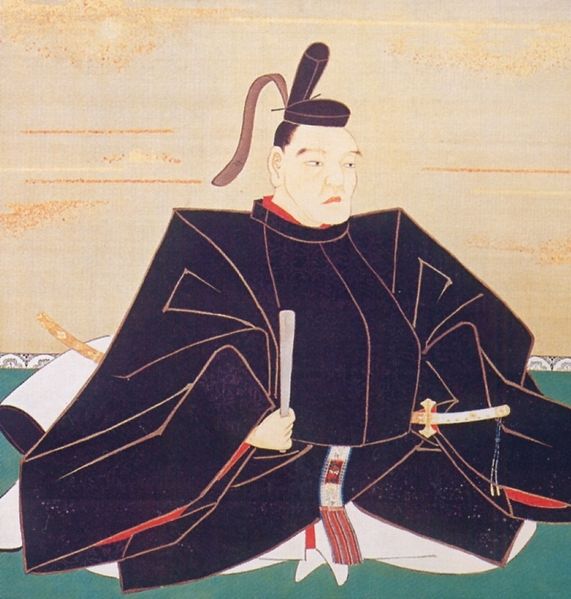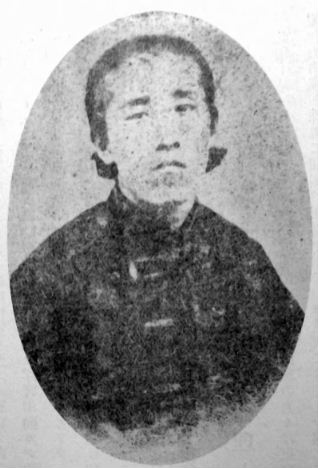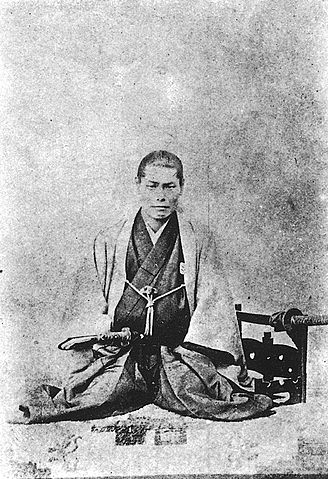Location and History
Nobutora Takeda builds set of this Castle and Takeda Clan Hall
Yogaiyama Castle was located in what is modern day Kofu City, the capital of Yamanashi Prefecture which was called Kai Province. The city was also the provincial capital since Nobutora Takeda, the governor of the province, built his official residence there in 1518. During the Sengoku Period, Most local lords didn’t only serve their governor with authority. The situation in Kai Province was the same, Nobutora needed to force the local lords to serve him by power. Otherwise, some local lords or even his relatives tried to take him over. The construction of the residence was done after Nobutora unified the whole of Kai Province. The residence was called Takeda Clan Hall, which was also used as the home base of the clan.
The location of the castle
He built the hall on a square enclosure which was nearly 200m on one side, surrounded by earthen walls and water moats. This was a typical style of the residences for governors in Japan at that time, emulating the style of Shogun’s palace in Kyoto. The completion of the hall meant that his authority was established in the province. He also became a strong warlord of the province. However, this was not enough for him because he was still uncertain the local lords would be loyal to him from then on. Moreover, other warlords in other provinces could have invaded Kai Province at anytime. For these reasons, Nobutora built another castle on a mountain about 2km away from the hall on the north, called Yogaiyama Castle, in 1520. The main purpose of the castle was for emergencies. In case there was a battle happening, he and his family could escape from the hall to the mountain castle.
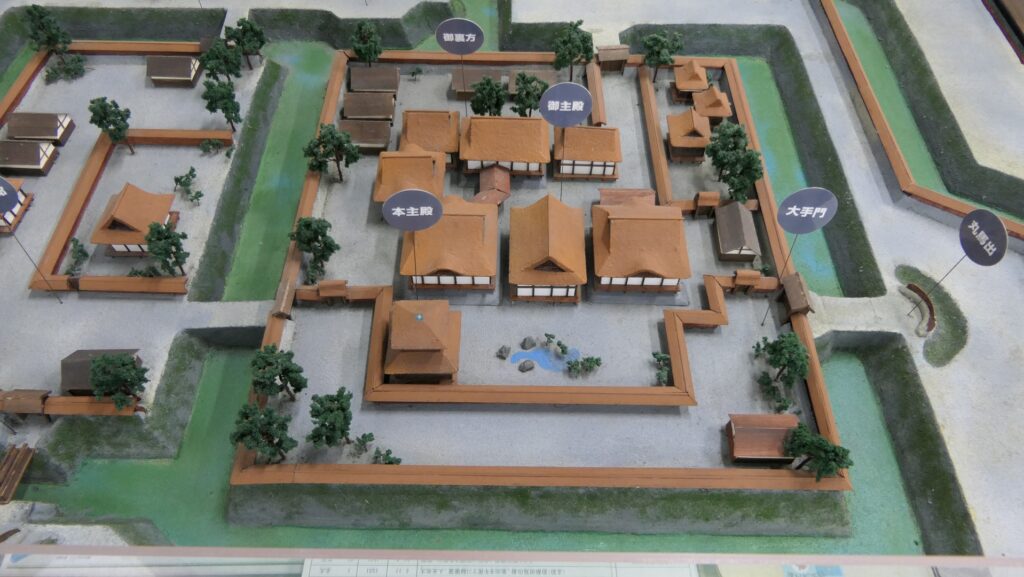

Castle works very well in battle against Imagawa Clan
The chance to use Yogaiyama Castle came quickly in 1521. The Imagawa Clan, a great warlord in Suruga Province, located in the south of Kai, sent their troops who were led by Masashige Kushima, a retainer of the clan, to invade Kai. Nobutora actually told his wife to escape from the hall to Yogaiyama Castle while he fought with Imagawa’s troops. It was said that his son, Shingen Takeda was born at Yogaiyama Castle during the battle. As a result, Nobutora completely repelled his enemies, making his unification of the province stronger. The network of the hall and the mountain castle worked very well.

Yogaiyama Castle was made to be the final part for a battle, so it was very practical. The structures of the castle were constructed using natural terrain and partly stonework. A lot of enclosures were built along the ridge of the mountain. They were basically surrounded by earthen walls and had a defensive entrance called Koguchi partly using stone walls. The route to the center of the castle through these enclosures was designed in a zigzagging pattern in order to slow down enemies and prevent them from attacking easily. Vertical moats were dug on slopes of the mountain to avoid enemies moving easily. Some enclosures were also divided by an artificial ditch. The Main Enclosure on the top was the residential area and a rock garden where the lord family used.
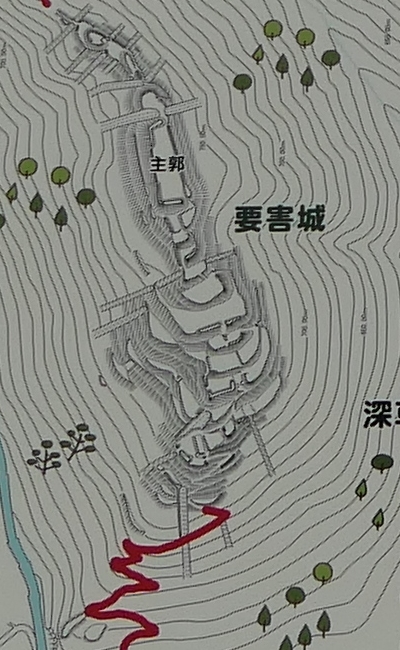
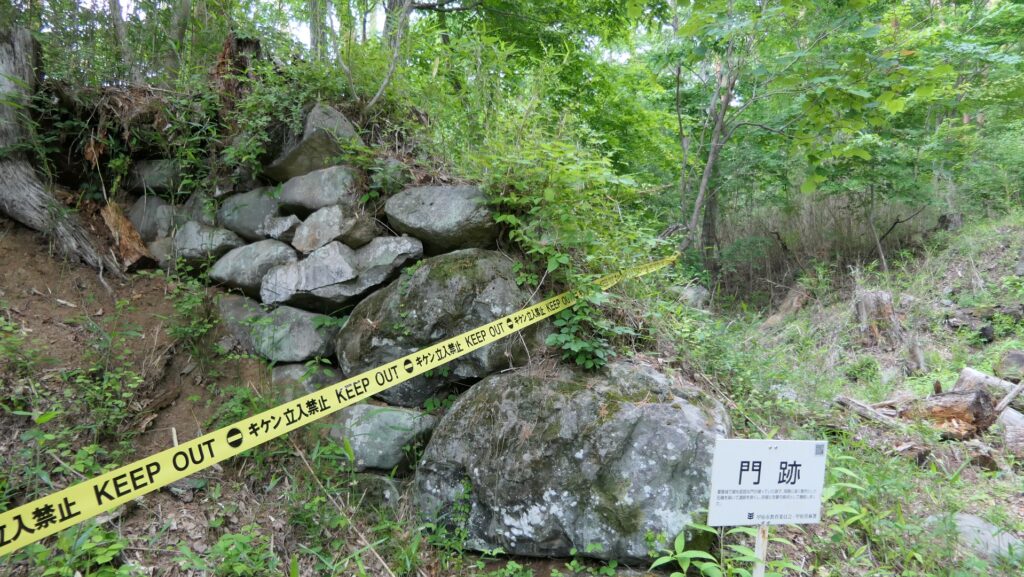
Castle is abandoned after Kofu Castle is built
Shingen and his son, Katsuyori maintained this castle. However, Katsuyori was unfortunately defeated by Nobunaga Oda in 1582. The castle was owned by the Oda Clan, followed by the Tokugawa Clan and Mitsuyasu Kato under the Toyotomi Clan. It was said that Mitsuyasu improved the castle probably by building stone walls. On the other hand, the Tokugawa Clan and Mitsuyasu built Kofu Castle using high stone walls on a plain land, which was strong enough even in such a location. As a result, Yogaiyama Castle was eventually abandoned in the early Edo Period.

